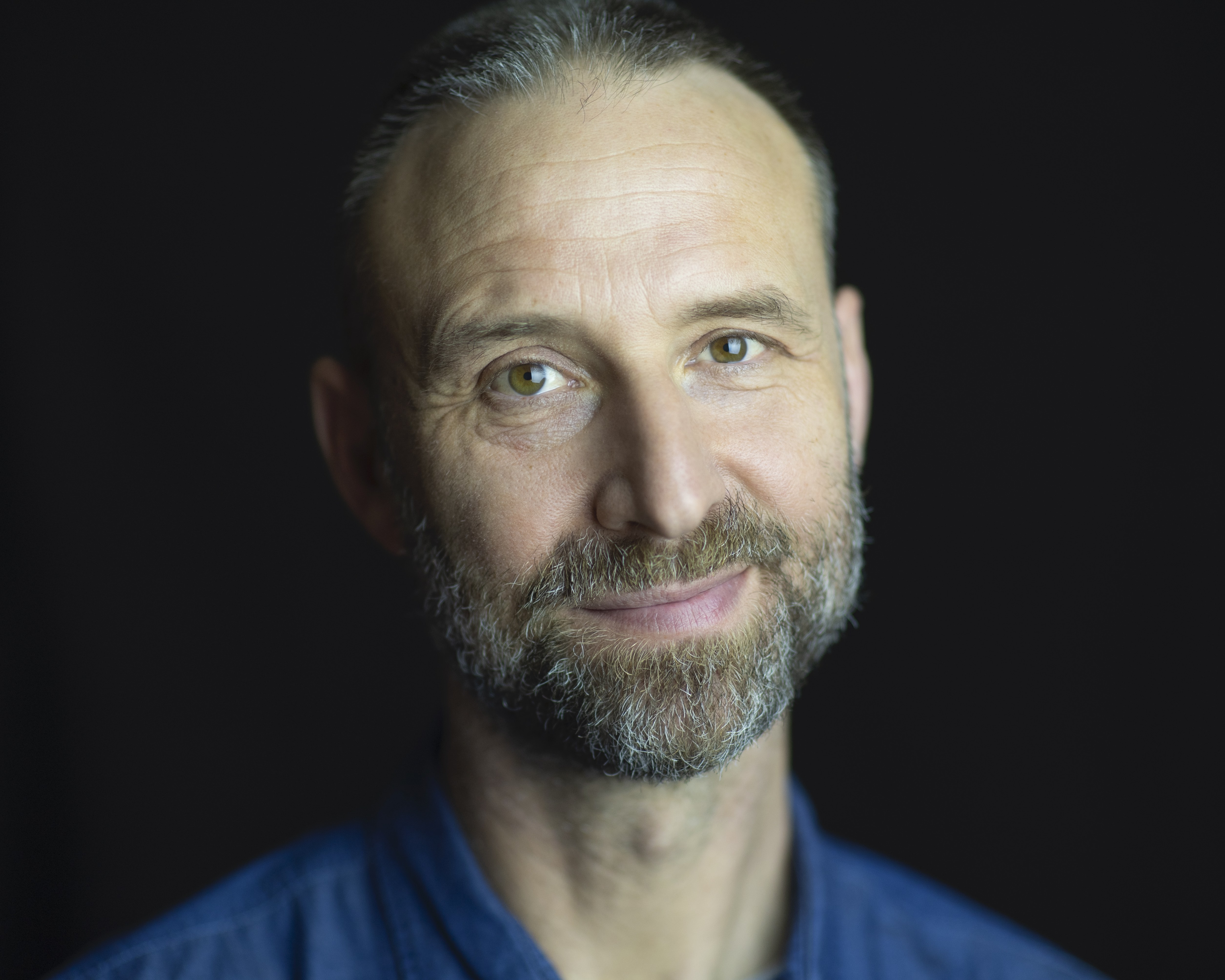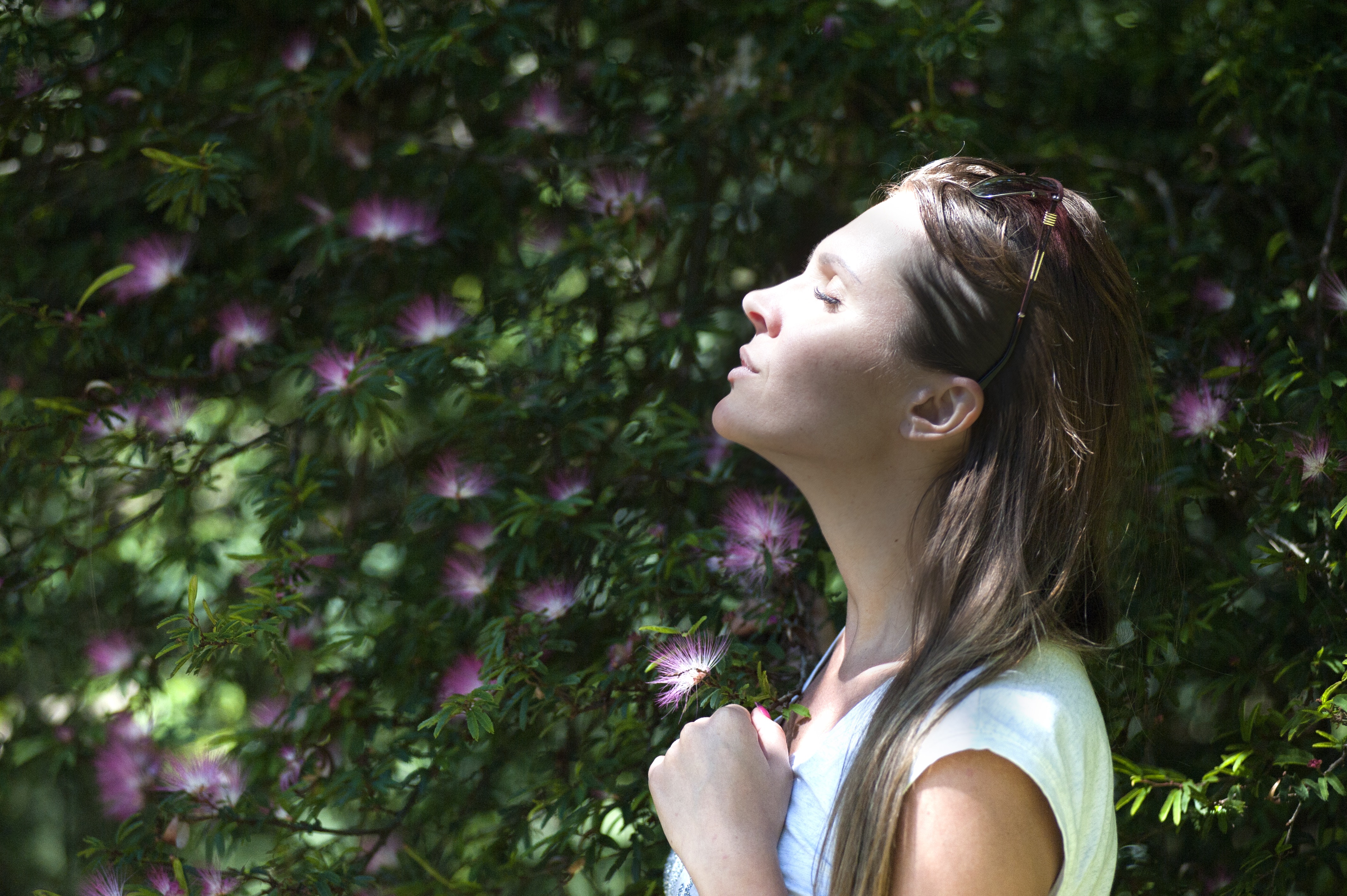Nobody likes feeling anxious. At its mildest, we might feel nervous, jittery or on edge. But at its most intense anxiety morphs into panic, which is a seriously unpleasant feeling. So it totally makes sense that we might want to ‘get rid of’ our anxiety and instead feel calm, steady and in control.
Unfortunately, we can’t get rid of anxiety, because it’s just one of the many emotions that all humans experience. We can no more delete anxiety from our emotional range than we can anger, sadness or positive emotions like love or joy.
It’s also important to understand that anxiety feels so bad because it’s meant to. Anxiety, like anger, is a threat-signalling emotion linked to the fight-or-flight response. Very old (in evolutionary terms), very powerful parts of the brain like the amygdala are constantly scanning for threats.
When they detect one — like a shady character approaching us on a dark street — split-second decisions are made about how best to respond to the threat. If your brain thinks fighting is the best option, it triggers a powerful blast of anger, so you approach and tackle the threat head-on. If fleeing seems like the optimal survival strategy, your threat system gives you a jolt of anxiety, essentially yelling at you: RUN!
A (short) life without anxiety
Now imagine that anxiety was a neutral, or even pleasant sensation. That would make it easy to ignore. So that shady character might pull a knife and you would walk, serenely, in his direction. Or stroll towards a busy road, then step calmly into oncoming traffic. Not good, right?
So, as I am often telling my anxious clients, anxiety is meant to feel bad. If it didn’t, life might be more pleasant, but it would also be short.
That said, please don’t think I am ignoring or minimising just how horrible anxiety can feel. Especially if you have an anxiety disorder like health anxiety, obsessive-compulsive disorder (OCD) or social anxiety, your life will be dominated by feelings of fear and dread. You will worry obsessively and engage in all sorts of compulsive, often highly stressful behaviours to help you cope.
A life dominated by anxiety is not a happy one — having worked with hundreds of highly anxious people, I could not understand that any better. It’s just that we need to start by understanding that anxiety is not bad, per se. And as we have seen, it can be life-saving. What is not helpful is anxiety that’s disproportionate to the triggering situation or event.
Primed for action
When you are flooded with anxiety, a complex set of cognitive, emotional and physiological processes are simultaneously triggered. Your breathing speeds up, becoming fast and shallow (known as ‘chest breathing’); your heart rate speeds up; you get hot and sweaty; your muscles become tense; and your bloodstream is flooded with adrenaline and cortisol, often called the ‘stress hormone’.
Why? So you can run — or fight, if that’s the best option. Your mind, brain, nervous system and body are primed for action. And, if you really are faced with a knife-wielding robber, that’s entirely appropriate. But if you are about to present in a high-stakes meeting, or call that girl you like to ask for a date, feeling extreme anxiety is not only disproportionate — it’s also disabling and downright annoying.
Nobody dazzles in meetings or wins the hot girl when they are a hot mess of anxiety. No-brainer statement of the day — but this much anxiety is seriously unhelpful.
Remember to breathe
Happily, there is a simple remedy to these debilitating brain-and-body processes. And, as someone who has helped so many people overcome their problems with panic and anxiety, this is the simplest and yet most powerful technique you can use.
Before I explain, you need a quick biology primer. When you are stressed, angry or anxious, your sympathetic nervous system is highly activated. If you want to feel calmer, you need parasympathetic nervous system (PNS) activation, because the PNS is involved in feelings of calm, peacefulness and safety.
This branch of the nervous system helps trigger a response that’s the opposite of fight-or-flight — ‘rest and digest’. Also key is the vagus nerve, which extends from your abdomen to your brain. In order to stimulate the vagus nerve and activate the PNS, you need to breathe in a particular way…
Compassionate breathing
I learned this technique when training with the brilliant Paul Gilbert, eminent psychologist and founder of Compassion-Focused Therapy. He calls it soothing-rhythm breathing; I call it compassionate breathing. Either way, it’s amazing — here’s how it works.
- Start by adjusting your posture. Place your feet squarely on the floor, so you feel grounded. Sit upright but relaxed and pull your shoulders back. This opens up the chest — when you’re anxious you probably hunch your shoulders and tighten up, which is one reason you can’t breathe properly.
- Close your eyes (if you’re alone — if not, don’t worry, it works fine with eyes open). Breathe slowly and deeply, in through your nose, out through your mouth, four seconds in, four seconds out.
- We need abdominal breathing (not chest breathing) to stimulate that vagus nerve, so let your stomach rise and fall with each breath. For some reason, my clients always find this tough to remember, so try to focus on your abdomen, as it’s key to slowing/calming down.
- Keep breathing (always a good idea!). If you have time, three, four or five minutes is good. If not, 30–60 seconds should really bring that anxiety down a few notches and help you feel calmer and more in control.
In the car. At dinner. On a bus
As I often tell my clients, one reason I love this technique is that it’s so simple — you can do it anywhere, anytime. You can’t do it too much. It’s just deep breathing, right? And what never ceases to amaze me is that you can actually switch your threat system off, just by changing the rhythm of your breath. How cool is that?
It’s important to note that if you are struggling with an anxiety disorder, although it will be helpful, deep breathing alone will not be enough. You may well need professional help — I would strongly recommend cognitive behaviour therapy (CBT), which is proven to be the most effective therapy for anxiety-related problems.
But for most of us, struggling with normal daily levels of anxiety, this technique will really help — especially if you use it often. That means every day. And especially every time you feel worried or anxious. Over time — and with practice — it will make a profound difference to your daily happiness and wellbeing.
Article originally published on Medium


